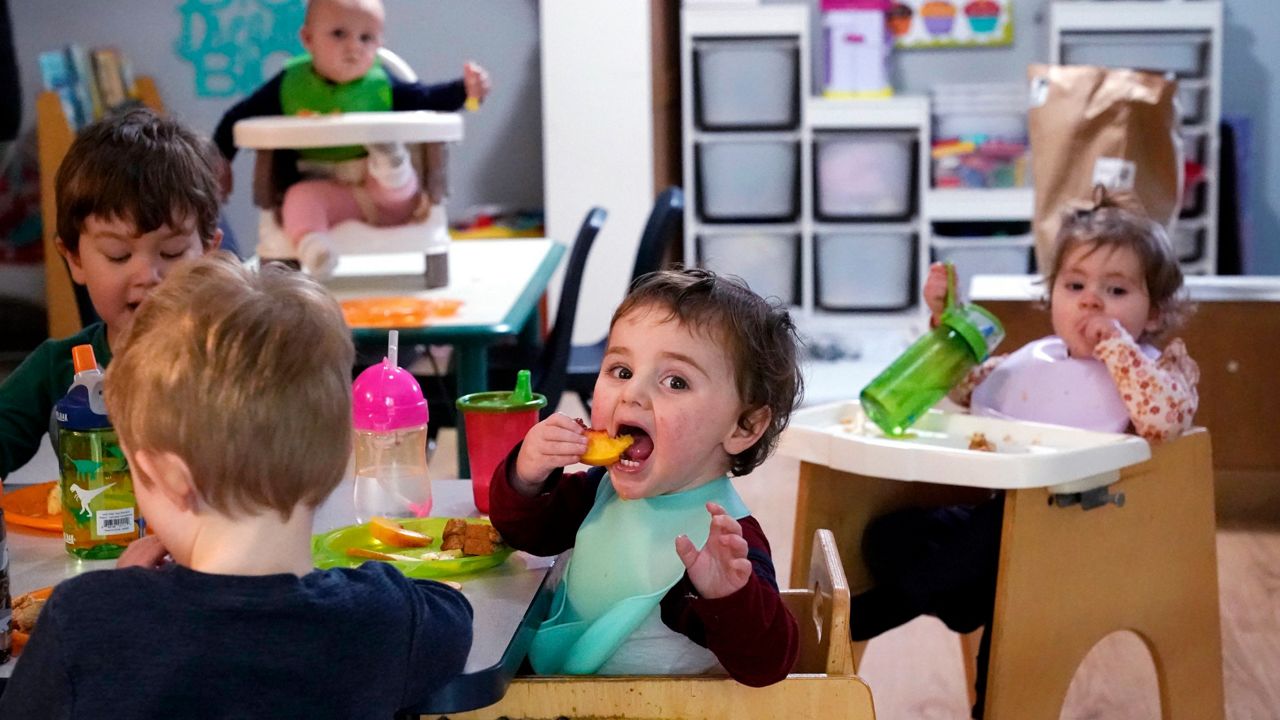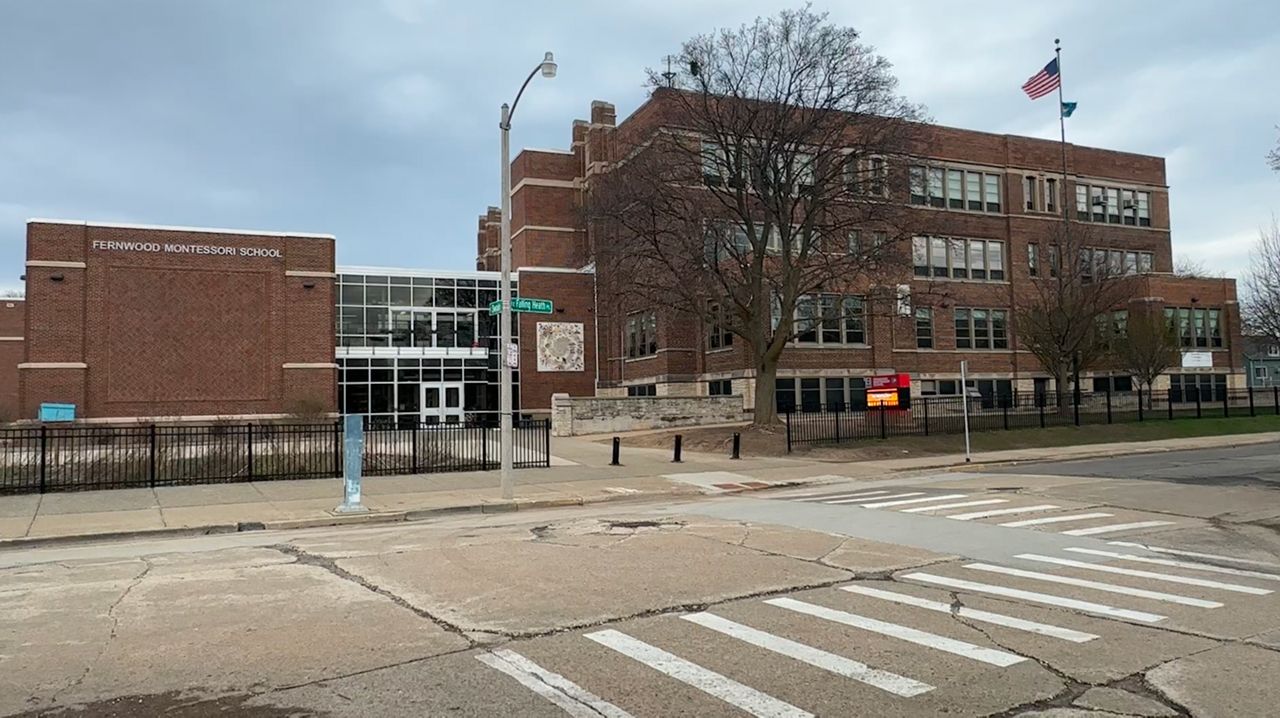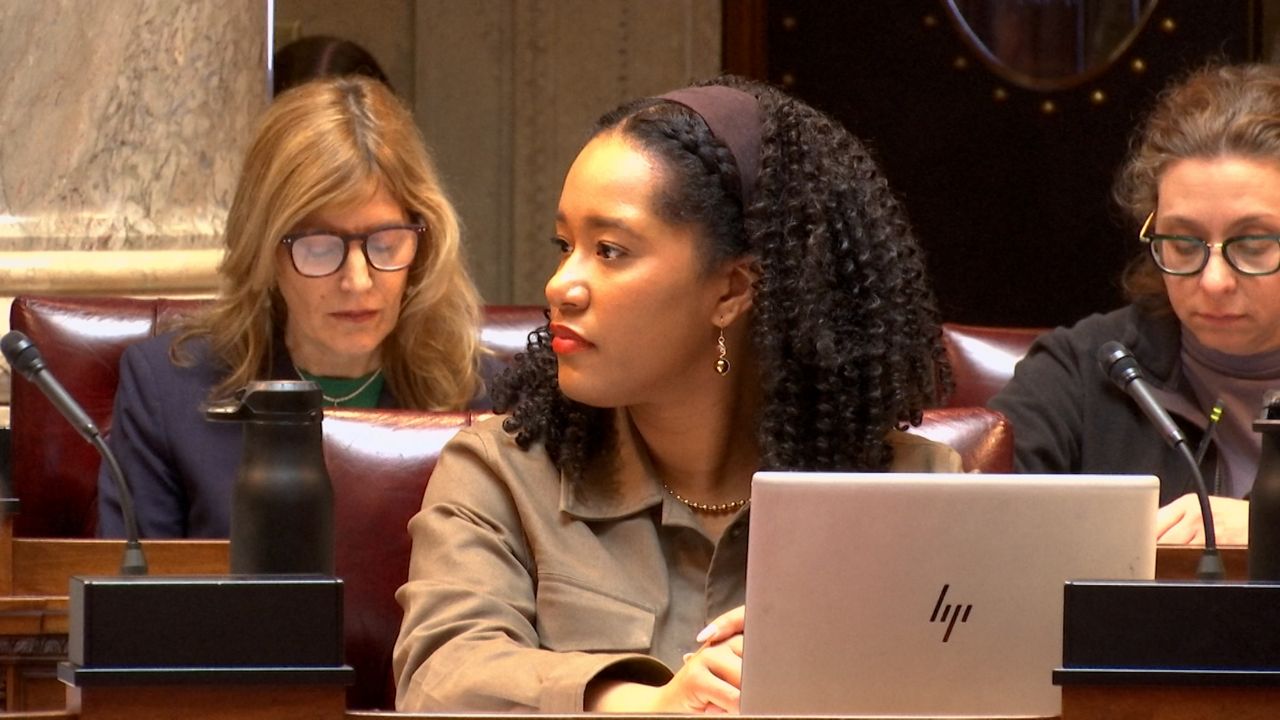WISCONSIN — More than 80,000 children in Wisconsin and about 3.2 million nationwide are expected to lose their child care as states lose key federal funding, according to data released by The Century Foundation.
Passed in 2021, the American Rescue Plan Act (ARPA) gave states close to $40 billion as emergency relief following COVID-19. It helped stabilize a system that was already on shaky ground.
But now, these funds are coming to an end on Sept. 30, 2023. With it will go child care programs, work for parents, tax revenue and more, The Century Foundation predicts.
About one-third of providers in the U.S. who received stabilization funding — or 70,000 child care programs — are likely to close as a result of this funding loss, The Century Foundation found. In Wisconsin, over 2,000 are projected to shut down. Since January of this year, 181 regulated child care providers have already shut their doors, with 15 of them closing but reopening in a new setting, according to the Department of Children and Families.
Officials said as funding is pulled, many educators are also expected to lose their jobs.
“The child care staffing shortage that preceded and continued through the pandemic will return with a vengeance, putting upward pressure on prices as child care businesses choose between raising wages to attract early educators—or going out of business,” officials in the report said.
The Century Foundation found that employment for those in the child care sector is 4.8% below what it was pre-pandemic in Feb. 2022. The Badger State is expected to lose nearly 5,000 additional child care jobs after Sept. 30, according to the report.
People in child care won’t be the only ones at risk of losing employment. Officials said parents are also at risk, as they lose child care and may be forced to leave their job or cut hours to fill the gap.
In their analysis, The Century Foundation found that this would result in a loss of $9 million per year in earnings for parents nationwide. That translates to a loss of $232 million in Wisconsin.
Earnings losses, though, are just the tip of the iceberg. The Century Foundation said many of these parents will also “face long-term consequences,” such as less lifelong earnings, loss of retirement savings or benefits and impacts on their children's well-being.
A decline in state tax revenue, which states rely on to fund activities, is another component attached to losing these ARPA funds. The Century Foundation predicts that the U.S. would lose more than $300 million in state income tax revenue; Wisconsin will collect $12 million less.
Given the situation, many people in Wisconsin are scrambling to find a solution. One of the main concerns is the loss of the Child Care Counts program. The program was funded in part by ARPA funding and was created to help providers stay open during the pandemic, offer a competitive wage and keep costs down for parents.
Child care centers across the state have been pushing for funding in the state budget to continue the program. However, last Friday, that hope was squandered slightly, as the Joint Finance Committee decided not to fulfill the request to allocate the requested $340 million to keep the program afloat. They did set aside $95 million for several existing child care programs.
Now, without changes to the budget, funding for Child Care Counts will run out early next year. Providers and parents took their concerns to the Capitol Tuesday in a rally calling for support of the program.
The Century Foundation officials said a national effort for funding is needed and that "Congress must act now" to continue a comprehensive child care system in states. The foundation pointed to the Child Care for Working Families Act — which aims to make child care and early education affordable — as one possible avenue to do this.
“…what The Century Foundation’s data reaffirms, is that the federal relief funding that was provided during the pandemic allowed for the industry to stay afloat,” said Brita Olsen, state director of Family Friendly Wisconsin, in a press release. “Without continued funding and support, our child care system will sink as providers will have to either close or raise rates, making already limited options for affordable, quality child care even more scarce.”









